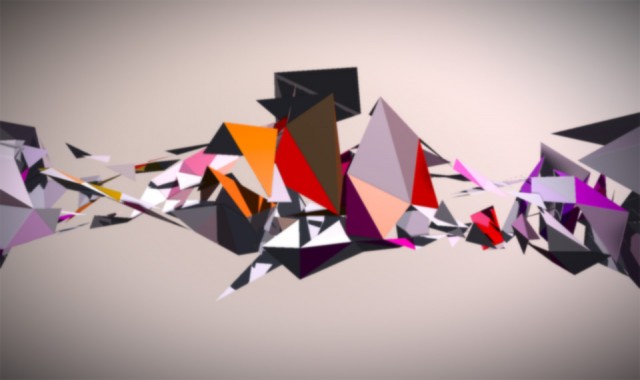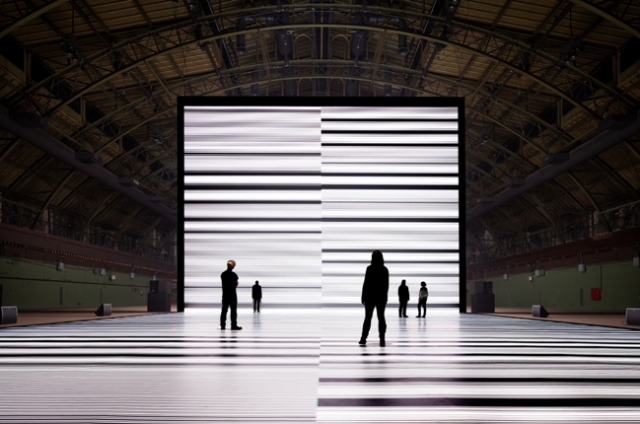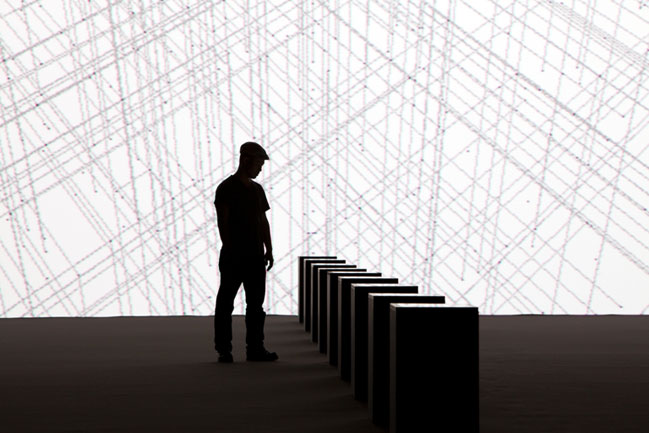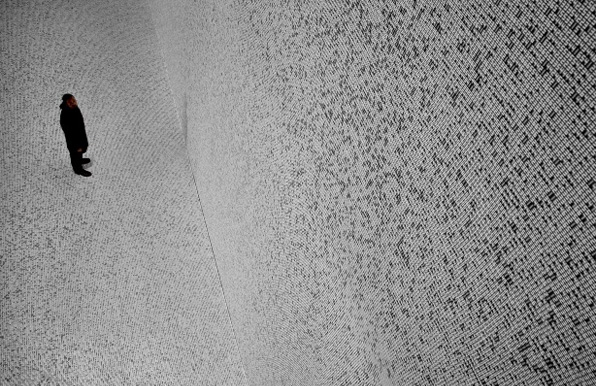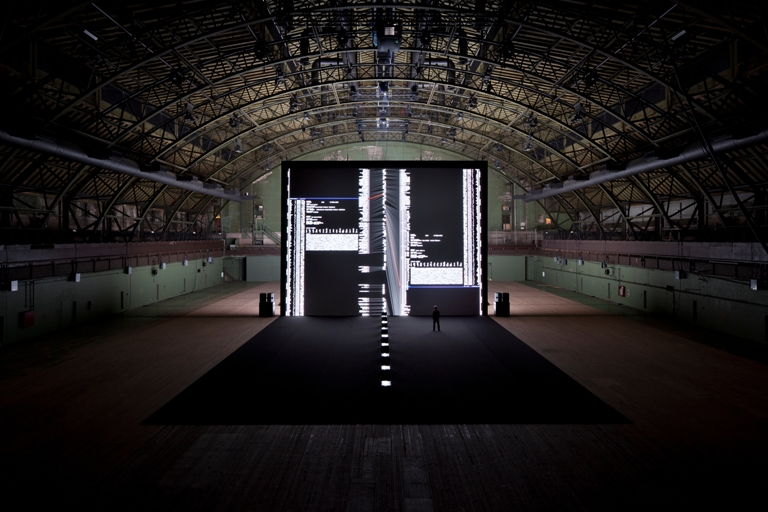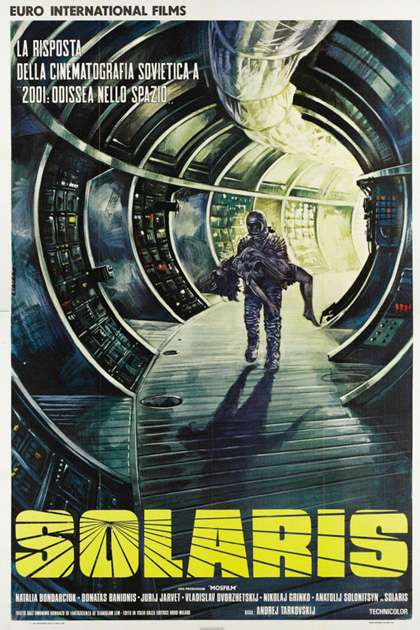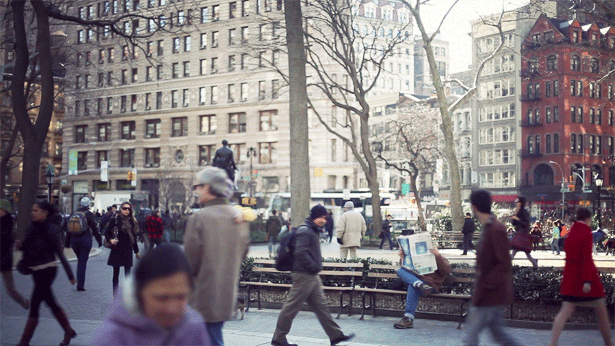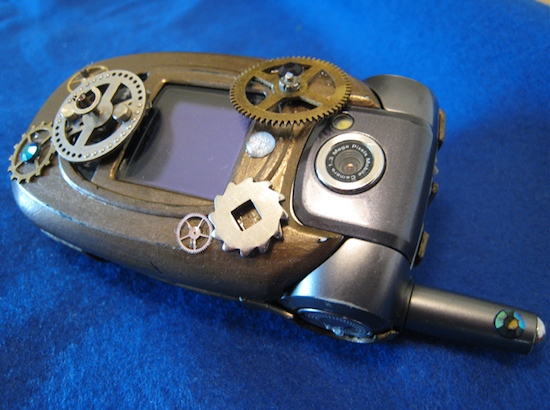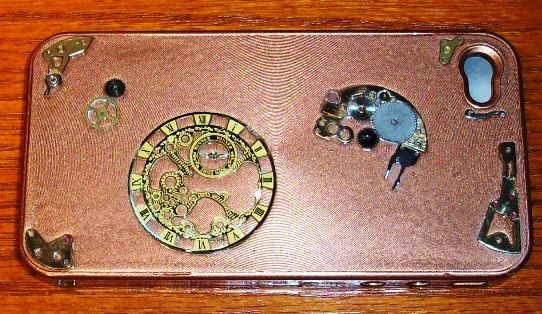Le foto digitali contengono un sacco di dati, quasi tutti di carattere tecnico. Il formato utilizzato dalle fotocamere digitali, infatti, va sotto il nome di Exif (Exchangeable image file format). La specifica utilizza i formati esistenti JPEG, TIFF Rev. 6.0, e RIFF, con l’aggiunta di specifiche etichette (tag) di metadati.
Questi metadati, in genere, sono utili perché permettono, anche a distanza di tempo, di visualizzare i valori di tempo, diaframma, risoluzione, data e ora, nonché tutte le impostazioni con cui è stata scattata la foto.
Per vederli, aprite questa pagina e caricate una foto oppure scaricate l’ottimo ExifTool.
Fra questi dati, però, almeno uno può essere utile o dannoso in base alle intenzioni. È il numero di serie della fotocamera, che è unico e quindi, in qualche modo, permette di risalire all’acquirente. Quindi ricordate di eliminare i metadati se, per es., mettete una immagine in internet e non volete essere identificati.
D’altra parte, proprio il serial number può avere un altro utilizzo, più interessante. Supponete che vi rubino la fotocamera e che, alla fine, vada in mano a qualcuno che fa qualche foto e la mette in internet.
Ebbene guardando il serial number di quelle immagini, voi potete dimostrare che sono state scattate con la vostra fotocamera (peraltro il numero dovrebbe essere anche riportato sulla garanzia).
È proprio quello che fa il sito stolencamerafinder che ha raccolto un database di più di un milione di fotocamere. Vi basta avere una immagine non modificata scattata con la vostra fotocamera ormai perduta e il sito può aiutarvi a identificare altre immagini scattate con la stessa, a patto che siano state imprudentemente messe in rete.
Se, poi, per curiosità, volete vedere i dati Exif contenuti in una immagine, ecco qui:
Exif Byte Order : Little-endian (Intel, II)
Image Description : OLYMPUS DIGITAL CAMERA
Make : OLYMPUS IMAGING CORP.
Camera Model Name : SP800UZ
Orientation : Horizontal (normal)
X Resolution : 72
Y Resolution : 72
Resolution Unit : inches
Software : Version 1.0
Modify Date : 2010:10:15 09:15:56
Y Cb Cr Positioning : Co-sited
Exposure Time : 0.3
F Number : 4.1
Exposure Program : Program AE
ISO : 400
Exif Version : 0221
Date/Time Original : 2010:10:15 09:15:56
Create Date : 2010:10:15 09:15:56
Components Configuration : Y, Cb, Cr, -
Compressed Bits Per Pixel : 2
Exposure Compensation : 0
Max Aperture Value : 2.8
Metering Mode : Multi-segment
Light Source : Unknown
Flash : Off, Did not fire
Focal Length : 36.7 mm
Special Mode : Normal, Sequence: 0, Panorama: (none)
Camera ID : OLYMPUS DIGITAL CAMERA
Equipment Version : 0100
Camera Type 2 : D4434
Focal Plane Diagonal : 7.665 mm
Body Firmware Version : 77
Camera Settings Version : 0100
Preview Image Valid : No
Preview Image Start : 1644
Preview Image Length : 0
Macro Mode : Off
Flash Mode : Off
White Balance 2 : Auto
Drive Mode : Single Shot
Panorama Mode : Off
Image Processing Version : 0112
Distortion Correction 2 : Off
Face Detect : Off; Unknown (0)
Face Detect Area : (Binary data 383 bytes, use -b option to extract)
Quality : SQ (Low)
Macro : Off
Black & White Mode : Off
Digital Zoom : 1.0
Resolution : 1
Camera Type : D4434
Pre Capture Frames : 0
White Board : 0
One Touch WB : Off
White Balance Bracket : 0
White Balance Bias : 0
Scene Mode : Standard
Serial Number : 000JAJ248048
Data Dump : (Binary data 2540 bytes, use -b option to extract)
User Comment :
Flashpix Version : 0100
Color Space : sRGB
Exif Image Width : 2560
Exif Image Height : 1920
Interoperability Index : R98 - DCF basic file (sRGB)
Interoperability Version : 0100
File Source : Digital Camera
Scene Type : Directly photographed
Custom Rendered : Normal
Exposure Mode : Auto
White Balance : Auto
Digital Zoom Ratio : 0
Focal Length In 35mm Format : 204 mm
Scene Capture Type : Standard
Gain Control : High gain up
Contrast : Normal
Saturation : Normal
Sharpness : Normal
Compression : JPEG (old-style)
Thumbnail Offset : 9216
Thumbnail Length : 4452
Image Width : 2560
Image Height : 1920
Encoding Process : Baseline DCT, Huffman coding
Bits Per Sample : 8
Color Components : 3
Y Cb Cr Sub Sampling : YCbCr4:2:2 (2 1)
Aperture : 4.1
Image Size : 2560x1920
Scale Factor To 35 mm Equivalent: 5.6
Shutter Speed : 0.3
Thumbnail Image : (Binary data 4452 bytes, use -b option to extract)
Circle Of Confusion : 0.005 mm
Field Of View : 10.1 deg
Focal Length : 36.7 mm (35 mm equivalent: 204.0 mm)
Hyperfocal Distance : 60.77 m
Light Value : 3.7
